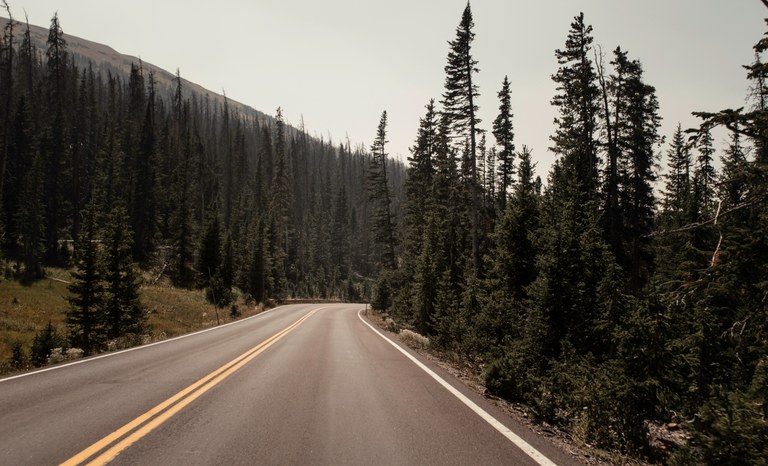NHTSA Rural Countermeasures That Work
Shift into Safe News
Rural America makes up 97% of the nation’s land mass, and, as of 2020, was home to more than 66 million people, or 20% of the population. The U.S. Department of Transportation typically defines a rural area based on the community’s location in relation to a U.S. Census-designated urban area of certain populations. Rural communities, despite differences in geography and population, share a common challenge: rural roads are disproportionately impacted by the ongoing traffic issues on our nation’s roadways. While only 20% live in rural areas, the fatality rate per 100 million vehicle miles traveled in 2021 was 1.5 times higher in rural areas than in urban areas. Speeding, higher maximum speed limits, infrastructure and poor roadway conditions, and longer EMS response times may all affect rural communities more adversely than urban communities.
This report is an introduction to behavioral traffic safety countermeasures for rural stakeholders who want to build capacity, form partnerships and address problems in their communities, based on NHTSA’s 11th edition of Countermeasures That Work. This new report features select speed, alcohol-impaired driving and occupant protection countermeasures relevant to rural communities. It is not intended to be a comprehensive inventory of countermeasures for rural communities or a list of expectations for what countermeasures should be implemented.

